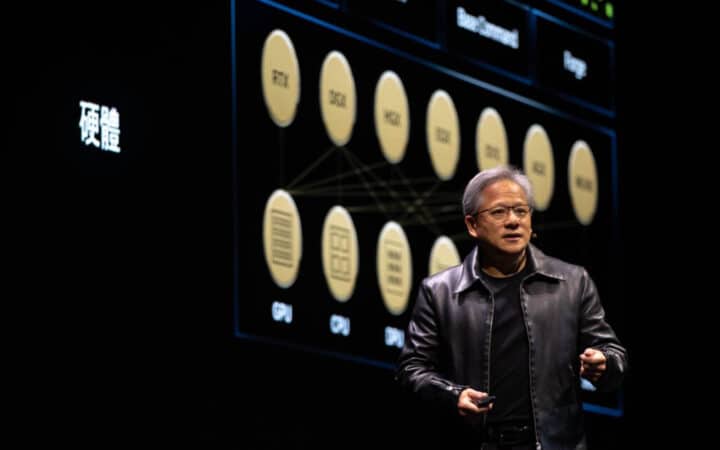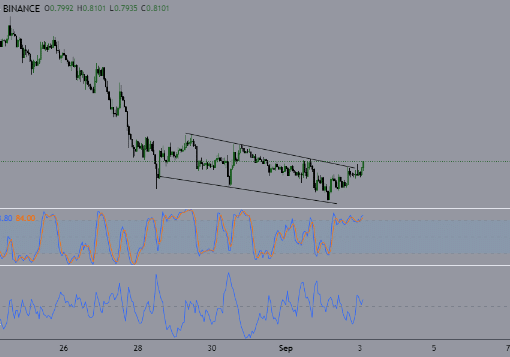Nvidia has announced that the DGX GH200 supercomputer should be ready by the end of 2023.
Jensen Huang, Nvidia CEO, made some announcements about the company’s DGX GH200 supercomputer during his presentation at Computex, an annual computer expo held in Taiwan. He mentioned that the supercomputer is being created to assist companies in creating generative AI models.
There has been a noticeable shift toward AI-assisted solutions provided by established and emerging tech companies due to numerous businesses integrating AI into their services. Unsurprisingly, the DGX GH200 will be involved in creating generative AI models. These neural network-powered models examine past data to find patterns and produce original, creative content. The DGX GH200’s emphasis on helping businesses in this area fits with the wider industry trend toward using AI for improved results.
Jesen Huang indicated that the company is working full force to produce the supercomputer before the end of the year. He also mentioned that the Nvidia Grace Superchips are being worked on, and the Grace platform is growing in its supercomputer achievements. These developments are important to other key announcements he made during his speech at Comptex 2023.
The Features of the NVIDIA DGX GH200 AI Supercomputer
The emerging Nvidia supercomputer has some features that make it stand out. It is made up of an NVLink Switch System. That allows the system to permit 256 GH200 Grace Hopper Superhips to work together as a single graphics processing unit. The chips also have powerful properties that help them deliver 1 exaflop performance and 144 terabytes of shared memory. This is nearly 500 times more powerful than a single DGX A100 system.
There is a significant difference between this supercomputer and other similar ones when one looks at the list of the top 500 recently released. According to the ranking, Frontier is the only one capable of exaflop-level performance, reaching 1.2 exaflops after an improvement from its initial 1.194 exaflops per second. The Fugaku system in Japan is ranked second on the list, but it lags far behind Frontier in terms of capacity, with a score of 0.442 exaflops per second. Finland’s LUMI system takes third place with a score of 0.3091 exaflops per second.
Given this, one can appreciate Nvidia’s supercomputer’s potential strength, which could rank closely behind Frontier as the second exaflop machine with only a small difference between them.
The DGX GH200 supercomputer has the interest of well-known technology companies like Meta, Microsoft, and Google Cloud. These businesses are anticipated to be among the solution’s early adopters, testing it to see how well it can handle tasks and heavy workloads.
One of Nvidia’s ongoing projects is the AI models for gaming applications, which aim to help game developers create unique character conversations and animation models. The idea is to give video game characters better conversational skills to interact in the gaming world in a more natural manner.




